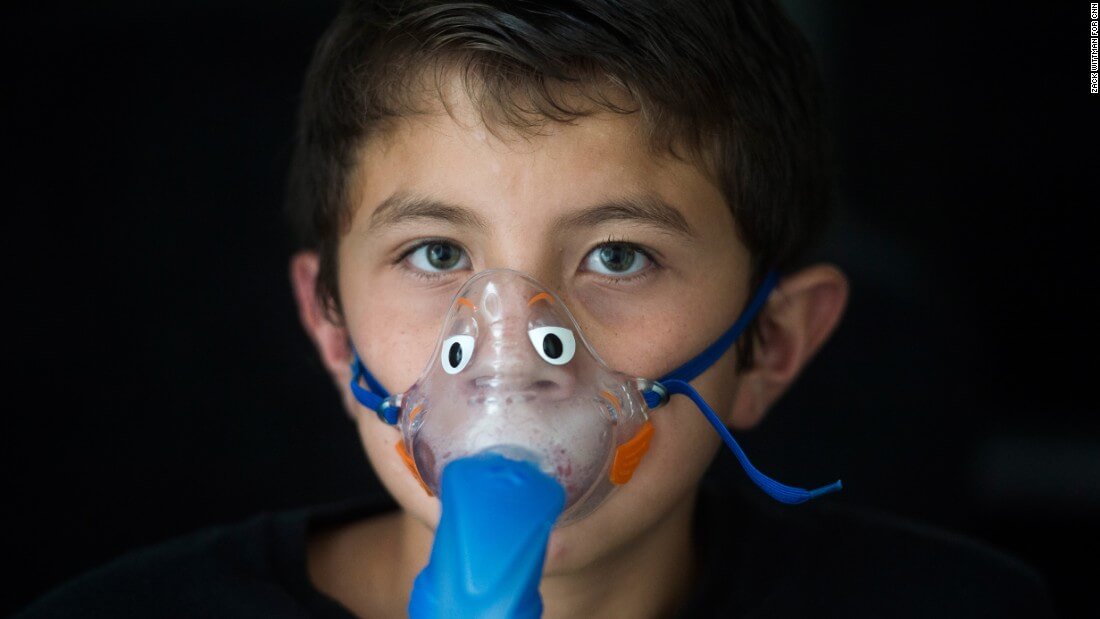From Guest Blogger Lizzie Weakly: Breathing Easy–How to Eliminate Poor Air Quality in Your Home

Open Your Windows to Air out Your Home
The sources of indoor air pollution are so numerous that there sometimes isn’t all that much you can do to actually prevent them. Every single time you cook on your stove, you’re greatly lowering your indoor air quality. Your appliances, furniture, building materials and various other items in your home also routinely give off numerous pollutants. In this sense, it is vital that you regularly open your windows and get a breeze blowing through your home since this will allow much of the pollution to escape and thus prevent it from building up to dangerous levels.
Consider Installing an Air Purifier
Having an air purifier in the home is one of the best and easiest ways to dramatically improve indoor air quality. This is especially true when you opt for a purifier that utilizes a HEPA filter as this type of filter will capture even the tiniest particles. Depending on your particular needs and the size of your home, you could choose to go with a portable room air purifier. Nonetheless, whole-home filtration is usually the better option since this will ensure you have clean, healthy air in every room of your house. If you’re in need of some other HVAC service such as heating unit installation, now could be the perfect time to upgrade your system to include whole-home air filtration.
Stay Diligent about Keeping Your Home Clean
Regularly dusting, mopping your floors and vacuuming your carpets is another key to good indoor air quality. Dust mites, pollen, pet dander and numerous other allergens can quickly become a problem if you don’t keep up on your cleaning. Worse, many chemicals and other pollutants can become trapped in dust and thus trapped in your house. Therefore, it is vital that you regularly clean your home from top to bottom. Better still, purchase a vacuum with a HEPA filter to ensure everything you vacuum up isn’t simply stirred back up into the air.
Maintain a Safe, Healthy Humidity Level
High levels of humidity create the perfect conditions for both dust mites and potentially toxic mold growth since both thrive in warm, damp conditions. Mold growth is obviously the bigger problem since it can lead to a wide range of respiratory problems, but mites can also create huge issues for people with asthma or those who suffer from allergies. Luckily, keeping these problems at bay shouldn’t be difficult as long as you can prevent your home’s humidity level from going over 60 percent. Better still is if you can manage to keep it around 40 percent since this is considered the ideal indoor humidity level.
There are also many additional steps you can take to improve your home’s air quality, such as limiting the amount of synthetic chemicals in the cleaning and grooming products you use and making sure never to smoke inside the house. It all really depends on how far you’re willing to take it. Of course, some people would probably say you could never really take it far enough considering the fact that indoor air pollution has the potential to seriously damage your family’s health.

These were some great ways to reduce air quality! Another way that will help a bit, is to use an electric stove! It doesn’t emit gasses like propane or natural gas, which are hazardous to health and extremely flammable!